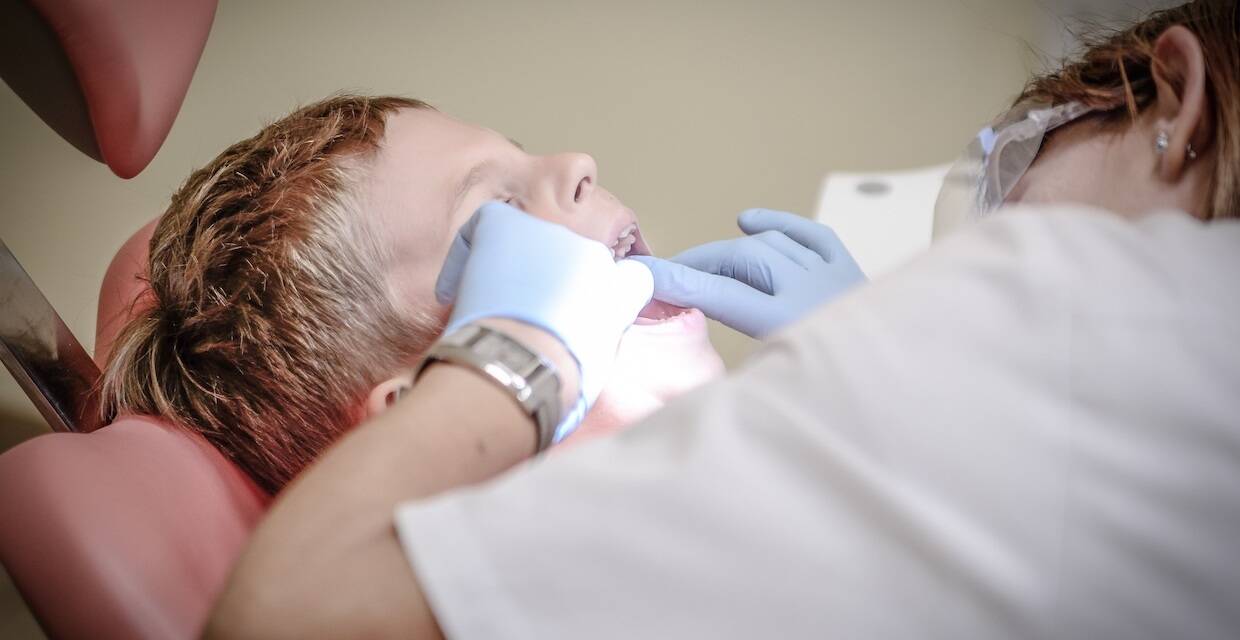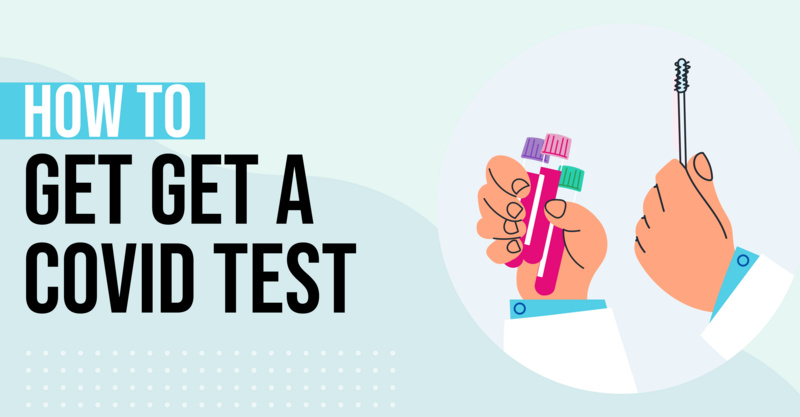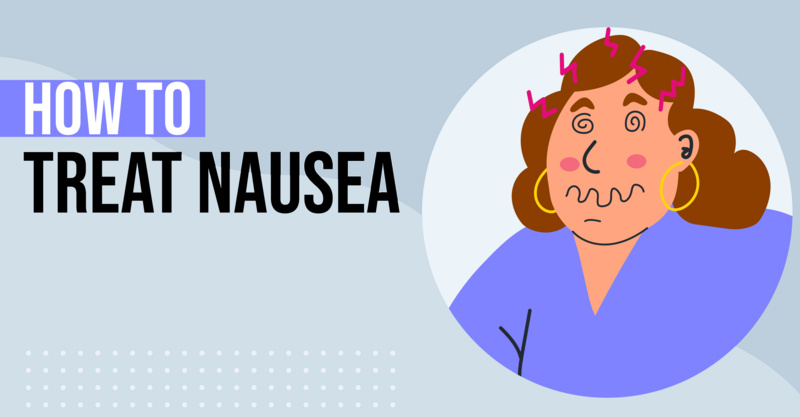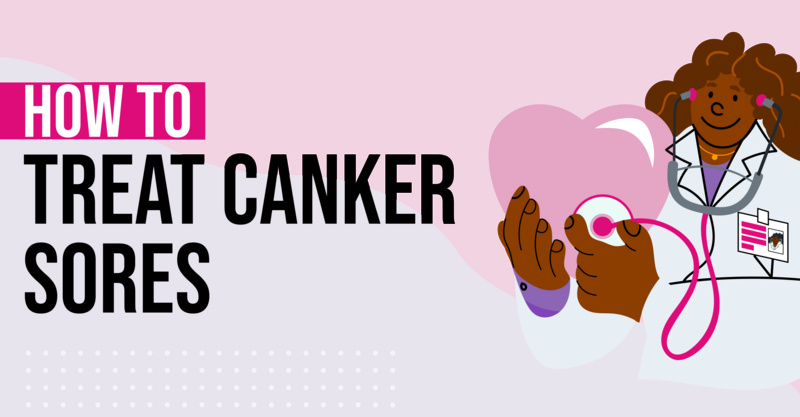Key Points
- Regular dental hygiene practices like brushing, flossing, and annual dental exams can prevent tooth decay and abscesses. Consuming sugary treats, especially without proper dental care, can lead to increased tooth decay and abscess pain.
- Gingivitis and periodontal disease are two conditions that can cause tooth infections. Gingivitis involves inflamed gums with plaque build-up, which can lead to bacteria formation and abscesses. In periodontal disease, the gums are diseased, forming pockets where bacteria can grow, causing an abscess.
- If you experience mouth pain, fever, teeth sensitivity, or sensitivity to hot or cold liquids, you should seek immediate dental care. Treatments for gingivitis and periodontal disease range from medicated mouthwashes to bone replacement in the jaw.
- Signs of a tooth infection include sharp, throbbing, or shooting pain, pain when chewing, fever, sensitivity to hot or cold food or drink, swollen neck glands, foul-smelling breath, red and swollen gums, and swelling in the face, lower, or upper jaw.
- Antibiotics are the first course of treatment for tooth infections. Dentists may also use X-rays to determine if the infection requires further treatment such as a root canal or extraction.
How do you know if you have a tooth infection or an abscess that requires treatment from a professional? Check out these three signs of a tooth infection including symptoms.
Infections From Tooth Decay
There are reasons dentists warn that brushing your teeth regularly and annual dental exams are essential. Brushing, flossing, and regular dental visits can prevent tooth decay before it becomes so bad that an abscess forms causing an infection. Abscesses are painful and can cause throbbing pain, swollen gums, and pain when chewing.
With Halloween so near and all the sugary treats your children (and you) will eat, it's especially important to brush your teeth after consuming candy. In addition, if you don't take care of your teeth or take your child to the dentist consistently, eating sugary candy can actually lead to increased tooth decay and pain from a developing abscess.
If you or your child immediately feels tooth pain when munching on Halloween candy, head to your dentist or an urgent care center immediately. Antibiotics can be prescribed to lessen the pain and start the healing process until you can get to a dentist. Doctors can also recommend the appropriate amount of OTC pain relievers to take.
Abscesses From Gum Disease
Gingivitis and periodontal disease are two conditions that can also bring on a tooth infection. With gingivitis, the gum is inflamed and with periodontal disease the gum is diseased. So how does a tooth infection occur?
- Gingivitis – Here, plaque builds up and the gums become inflamed. Bleeding gums is often present as well. Bacteria can form on the inflamed gums causing an abscess or a tooth infection. Left untreated, some people's inflamed gums may turn into periodontal disease, but not everyone progresses to the next stage.
- Periodontal Disease – Here the gums actually have a disease, causing the inner layer of the gum and bone to pull away and form pockets says WebMD. It is in these pockets where bacteria can grow causing an abscess.
If you are experiencing mouth pain, fever, teeth sensitivity, especially when eating or teeth are sensitive to hot or cold liquids, you should contact your dentist immediately for treatment. There are options for treating both gingivitis and periodontal disease including medicated mouth washes all the way to inserting replacement bone in the jaw to stop the periodontal disease from spreading. If bone is too fragile, some dentists will refer you to oral surgeons for teeth implants.
Sure Signs of a Tooth Infection
Proper brushing, flossing, and dental visits can prevent and treat tooth decay and gum conditions, but are there sure-fire signs of a tooth infection? If you experience any or all of the following, call your dentist. If your dentist office is closed and pain is severe, find an emergency walk-in clinic so a physician can begin antibiotic treatment:
- Sharp, throbbing, or shooting pain
- Pain when chewing
- Fever
- Sensitive to hot or cold food or drink
- Swollen neck glands
- Foul smelling breath
- Red and swollen gums
- Swelling in the face, lower, or upper jaw
While antibiotics are the first course of treatment to get the tooth infection under control, once you do visit your dentist, they will probably X-ray the affected area to see if the infection is treatable or if it has progressed severely requiring a root canal or extraction.
Tooth aches and infections can be caused from decay from improper dental care and certain gum conditions. Take care of your teeth as directed by your dentist to avoid a tooth abscess.
Frequently asked questions
What are the three signs of a tooth infection?
The three signs of a tooth infection are sharp, throbbing, or shooting pain, pain when chewing, and fever. Other symptoms can include sensitivity to hot or cold food or drink, swollen neck glands, foul smelling breath, red and swollen gums, and swelling in the face, lower, or upper jaw.How can tooth decay lead to a tooth infection?
Tooth decay can lead to a tooth infection when it becomes so severe that an abscess forms. This can cause throbbing pain, swollen gums, and pain when chewing.How can consuming sugary candy lead to tooth decay and infection?
Consuming sugary candy can lead to increased tooth decay if proper dental hygiene is not maintained. This can lead to pain from a developing abscess and potentially a tooth infection.What conditions can bring on a tooth infection?
Gingivitis and periodontal disease are two conditions that can bring on a tooth infection. Both conditions involve inflammation or disease of the gums which can create an environment for bacteria to grow and cause an abscess or tooth infection.What are the treatment options for gingivitis and periodontal disease?
Treatment options for gingivitis and periodontal disease range from medicated mouth washes to inserting replacement bone in the jaw to stop the periodontal disease from spreading. In severe cases where the bone is too fragile, dentists may refer patients to oral surgeons for teeth implants.What should you do if you experience severe tooth pain?
If you experience severe tooth pain, you should contact your dentist immediately. If your dentist office is closed and the pain is severe, find an emergency walk-in clinic so a physician can begin antibiotic treatment.What is the first course of treatment for a tooth infection?
The first course of treatment for a tooth infection is usually antibiotics to get the infection under control. After that, a dentist will likely X-ray the affected area to see if the infection is treatable or if it has progressed severely requiring a root canal or extraction.How can tooth infections be prevented?
Tooth infections can be prevented through proper brushing, flossing, and regular dental visits. These practices can prevent and treat tooth decay and gum conditions that can lead to a tooth infection.


 Twitter
Twitter LinkedIn
LinkedIn









